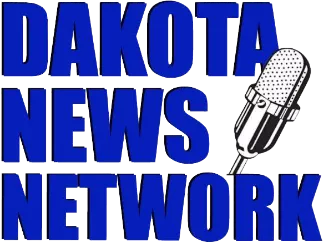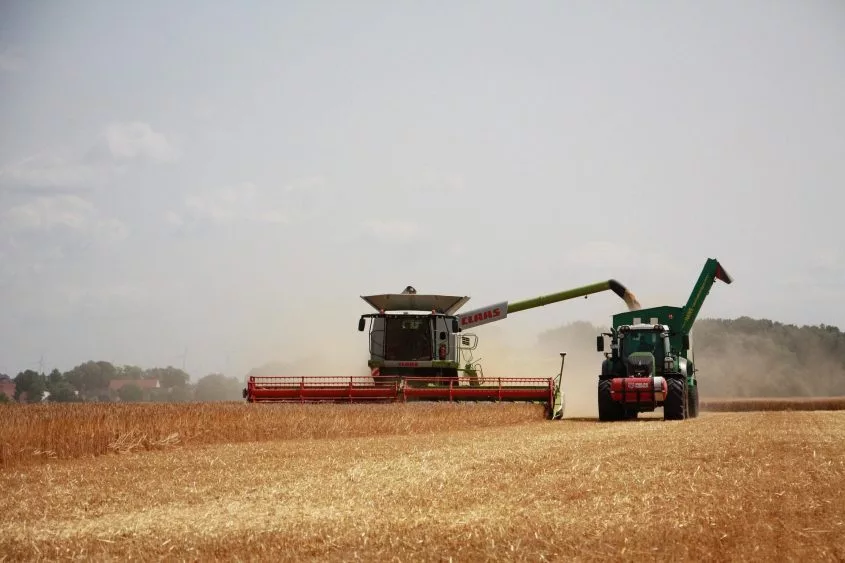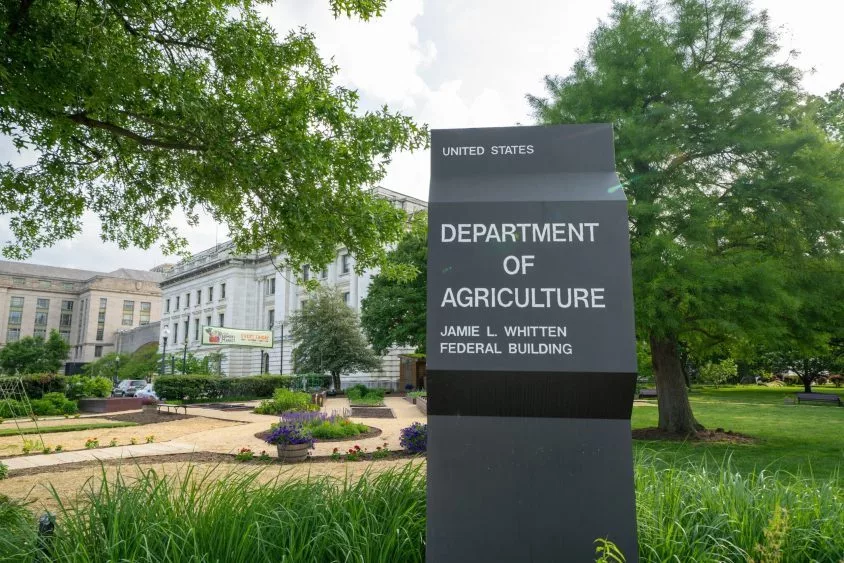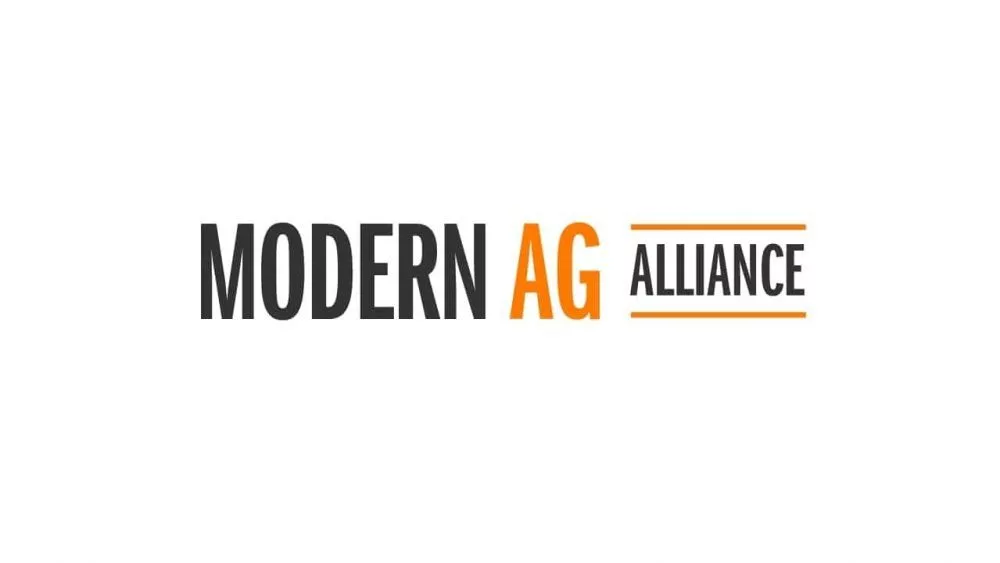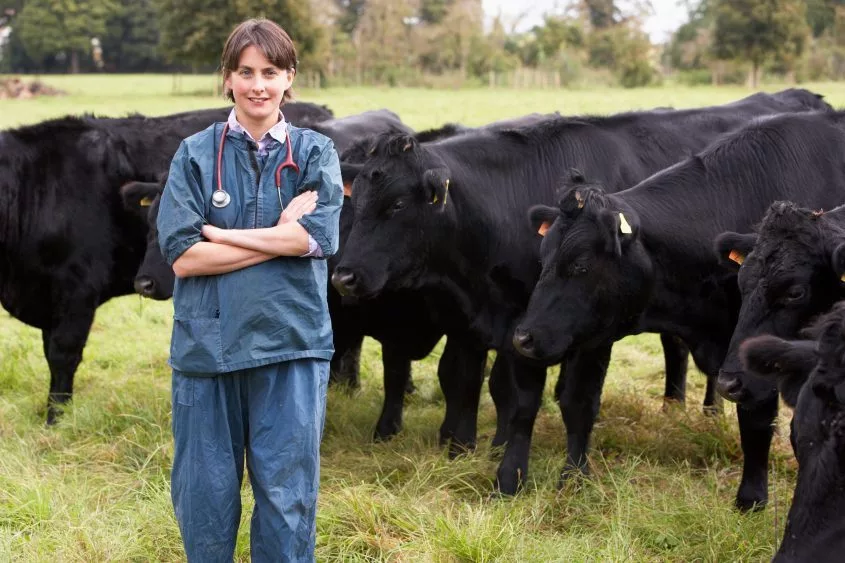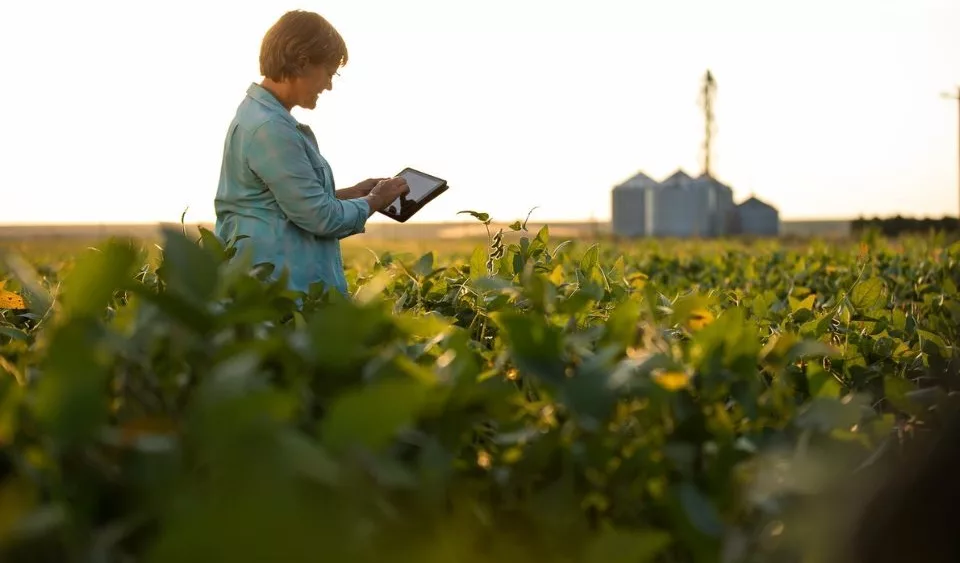By providing secure, transparent, and efficient systems for everything from cattle tracking to crop management, blockchain can help ensure that American agriculture remains competitive in a digital world.
Blockchain technology is often associated with cryptocurrencies like Bitcoin, Solana, Ethereal, and of course, the popular coin born from an internet joke, Dogecoin, but its applications extend far beyond digital currencies. In agriculture, blockchain has the potential to streamline processes, enhance transparency, and improve market access for producers, all while fostering innovation that can help rural America thrive. This was the central theme at the House Subcommittee on Commodity Markets, Digital Assets, and Rural Development hearing held at the beginning of April, where key stakeholders explored how blockchain technology can transform the agricultural landscape.
If you’re familiar with the Blockchain concept, keep on reading. If you want more information on Blockchain technology, check out this article.
One of the most discussed benefits of blockchain tech in agriculture is its ability to increase transparency and trust across the supply chain. As emphasized by Mark Tague, Founder and Chief Revenue Officer of CattleProof Verified, LLC, blockchain can provide immutable records of transactions that are transparent from the moment an animal is born to its processing at the slaughterhouse. This kind of traceability, particularly in the beef industry, can unlock premium pricing opportunities for producers. By linking each head of cattle to verifiable data on its upbringing, ranchers can command higher prices for their products.
Here’s Tague explaining that:
“One of the ways we do this is we use USDA process verified programs. We started with those programs because to date, those are the best ways to identify individual head of cattle.
And by putting that data on an immutable ledger, that is, you can trust that ledger from start to finish. It can’t be changed or it can be changed, but there the, the, the recordation of that change will occur. So it provides transparency from that, the birth of that animal to the harvest of that animal.”
Blockchain’s transparency also helps eliminate the risks associated with traditional paper-based systems, which can be prone to errors or fraud.
“We haven’t changed in 150 years. We’ve been doing it for the same way for a long time and it’s just become inefficient,” said Tague. “And it really breaks down trust because when you have a paper trail or if you’re relying on paper versus an immutable ledger, papers get lost, for example. You know, we have that nightmare tale of losing your calving records in the washing machine because you forgot to take your calving book out.”
In a system based on a decentralized ledger, data integrity is ensured, allowing consumers, suppliers, and regulators to trust the information without relying on a central authority.
“We specifically chose blockchain versus a central eBay, PayPal type of model, because even then you’re still having to trust a central authority or a central person to trust that data, and there’s potential for bias there,” said Tague. “Blockchain is a distributed ledger, there is no bias. So we specifically chose that for the trust factor over creating just a central eBay, PayPal type.”
Another major advantage of blockchain technology discussed at the hearing was its potential to reduce delays in payment and increase the efficiency of transactions. In the traditional transaction process, farmers often face delays in receiving payments due to the time it takes for checks to clear through multiple intermediaries.
Blockchain allows for real-time settlement of payments, ensuring that producers are paid quickly while also allowing other parties involved—such as lenders and brokers—to receive payments immediately.
“Essentially today, if we take our cattle to market, we sell ’em at a sale barn, the sale barn gets paid their amount, the sale barn takes the check, they hold the check, then the check goes to the bank and the bank holds the check and etc.,” said Tague. “So from the date you deliver your cattle to the day that you get paid for your cattle, there’s a delay there of days or even weeks. Using blockchain technology and smart contracts there, we can absolutely make that almost instantaneous, but also ensure that lien holders and other people that are in that transaction also get instantly paid with full compliance.”
This shift could significantly reduce the financial strain on producers, particularly during times of tight margins when cash flow is critical.
Times like today, where small, medium, and large scale producers look to options in precision farming to save on input costs.
Mike Horton, Project Creator at Geodnet Foundation, says utilizing blockchain technology to connect to GPS reference stations creates a network that allows for precise positioning real-time kinematics.
“The way precise positioning helps farmers is that when you farm a field, if you drive the tractor manually, you’ll have anywhere from 10 to 20% of overlap,” Horton said. “Like you basically drive over the same area multiple times. By having centimeter-accurate GPS, you’re able to let the machine steer itself and it avoids that overlap and that translates directly into reduced input costs such as fuel and chemicals when you’re spraying. And that really drops to the bottom line. Now traditionally centralized solutions to this problem have either lacked coverage in certain areas or they’ve been pretty darn expensive and that’s provided a hard time for smaller operators to get an ROI with the technology. Through this kind of community-based approach that is how this blockchain-based Geodnet network works. We’ve been able to bring that cost substantially down and introduce the precision agriculture technology to a lot of new farmers.”
In Horton’s example, producers have options to introduce precision agriculture practices that don’t require brand new tractors.
“So there’s two solutions, one solution is to use the technology that’s already on the equipment and most modern equipment, or I’d say should say all modern equipment being built today by folks like John Deere, Case and AGCO does come equipped ready to connect to a network like Geodnet,” Horton said. “And then there are solutions for retrofitting machines. So you can put on a retrofit kit that will actually sort of put a motor on the steering wheel, which will let it to automatically steer. And those are also extremely popular and lets you utilize older assets and bring value out of them.”
Despite the clear benefits of blockchain, the integration of this type of tech into the ag space isn’t without its challenges, particularly when it comes to rural access. Unsurprisingly, experts point to rural broadband as a critical piece of the puzzle.
Horton underscored the importance of decentralized physical infrastructure networks (deep-in networks) in reaching rural farmers. These networks, which are built on blockchain, allow for cost-effective, decentralized data transmission, helping farmers in remote areas access precise data and services that were previously unavailable to them.
“People have been trying to build this kind of network for 20 years,” Horton said. “And both centralized companies as well as governments have spent a lot of money trying to put up stations and create a network. And it just hasn’t happened. And Geodnet in two years has been able to build the world’s largest network by, in terms of stations, by more than a factor of two. And I think at the root of that is the underlying blockchain and the incentive that you can provide by having a token.”
Horton adds, “our network does rely on having good internet connectivity, but I think that these decentralized protocols—called deep-in networks—these decentralized physical infrastructure networks really offer an attractive way to extend coverage out to rural areas very cost-effectively.”
We live in a time where cybersecurity is a downright necessity, but Horton said they’ve got that covered.
“In our case… the hardware itself has a cryptographic chip in there that is certified by the foundation and that’s what allows us to support a decentralized deployment of these stations is that there is actually a device in there that is programmed to sign the data and ensure that data is authentic and originated from a real Geodnet station,” Horton said. “We also leverage the infrastructure and space, the different satellite constellations have different data that comes down and our devices get to see, because we have a global footprint, we see that data first and we can use that as kind of a code to make sure that people aren’t faking the data.”
While broadband infrastructure is vital for advancing blockchain technology in rural spaces, blockchain demand in rural America leads to more broadband development. Or, as Tague puts it, the rising tide lifts all boats.
“I believe that investment in rural broadband structure, particularly in the rural area is vitally important, especially for what I do,” Tague said. “Without that, I’m kind of a nonstarter, right? But I do also believe that blockchain technology is bringing a lot of things to bear that will make that investment in rural broadband technology much more attractive because we’re actually bringing real-world use cases that need a lot of piping, so to speak, to come back to the market.”
And that interest is something Horton’s experienced first-hand.
“We presented the idea first at the Institute of Navigation’s GNSS Plus conference and it’s a very conservative community,” said Horton. “We thought the idea of introducing, using blockchain to solve this problem of the reference station network would be, you know, controversial. We didn’t know if people would like it. And in turn it, it won the best presentation award and immediately attracted folks from the industry to help us participate and create this network.”
As blockchain continues to evolve, it’s clear that its integration into agriculture could become a driving force behind rural economic development.
But for any of this to become possible, Tague says education is vital. Not just for farmers, but for lawmakers and regulatory agencies too.
While farmers and ranchers remain hesitant about embracing digital technologies, beyond that, regulatory agencies like the CFTC and SEC need to understand what they’re regulating, and in turn, provide clear and sensical guidelines.
Here’s Rep. Zach Nunn, R-Iowa, explaining the regulatory uncertainty that’s occupied the digital asset space.
“We’ll take Ethereum for example,” said Rep. Nunn (R-IA). “It was treated in 2018 as a security, and the SEC official said that it was not. And certainly as securities changed and the CFTC then agreed, but then we went to the Biden administration and under the Biden administration, the SEC labeled it is a security and the CFTC called it a commodity. Now we’ve got a conflict. Going forward, I’ve asked both the former chair of the SEC and the CFTC right here in this room, chairman will recall to help provide some clarity for this issue. And guess what? We walked away more confused than where we began. That is not good for American investment, that’s not great for American innovation, and most importantly, this allows our competitors in this space to be highly successful when they have some framework, and the United States is looking at over-regulating something that it clearly can’t even figure out on its own.”
I could go farther into the rabbit hole on the SEC and CFTC, and I might, on another episode. What we know now, is there seems to be more communication between the agencies and congress to come up with a coherent regulatory regime.
The role of regulatory certainty in fostering innovation is a key point. Without clear regulations, the agricultural sector risks falling behind in the digital asset space. The push for clear legislation on digital assets, particularly in terms of market structure and investor protection, is essential for ensuring that the benefits of blockchain can be fully realized.
